Michigan Central Station
A Beaux-Arts triumph rises from decades of decay to become the heart of a new innovation district
Possibly the most photographed abandoned building in Detroit, the massive Beaux-Arts train station known as Michigan Central Station (MCS) stood empty and neglected for 30 years.
Once a popular and bustling transit hub, the station whose abandoned shell would become a symbol of Detroit’s economic problems was designed at the turn of the last century, part of the popular “City Beautiful” urban planning movement. Inspired by Chicago’s 1894 World’s Columbian Exposition and its romantic, neoclassical White City, the movement focused on beautifying urban spaces and erecting grand, monumental buildings and was particularly prevalent in Detroit, Chicago, and Washington, DC. The elegant new building was designed by the same team of architects responsible for New York’s Grand Central Station — Warren & Wetmore of New York and Reed & Stem of St. Paul, Minnesota.
The massive new edifice was scheduled to dedicated on January 4, 1914, but on December 26, 1913, a fire broke out and rapidly gutted the city’s previous station. The next day local newspapers recorded not only the new depot’s spectacular interior, but also the marvel of its opening days early on “a half hour’s notice.” The huge building contained the tracks and station along with services like shops, lounges, and restaurants, and the tower held 500 offices for the railroad’s business.
For the first 20 years of its life, MCS was a source of civic pride, and an elegant example of the growing city’s potential. Hundreds of trains passed through the station each day at its peak before World War II. Beginning in the middle of the century, however, rail travel began to decline.
By the 1950s business was struggling, and in 1970 the railway company that owned the station declared bankruptcy. As train travel declined in general and automobile traffic expanded (especially in Motor City), fewer and fewer trains passed through. Efforts by Amtrak and the US government extended the building’s life through the 1970s, but by the mid-1980s only a handful of trains came and left from the vast station.
On January 5, 1988, the last train left the station and the building began its second life as a symbol of the decline of Detroit, open to passersby and looters until 1995 when a fence was finally erected, a somewhat effective deterrent.
Despite its status on the National Register of Historic Places, the building’s future was uncertain. Over the years, plans were put forward to renovate the structure into a casino, a trade and customs center, city police headquarters, a hotel, or an office building, but all failed without even making it past the planning stages. In April of 2009, the Detroit city council passed a motion ordering the building demolished. The protests of hundreds of local citizens and organizations like the Michigan Central Station Preservation Society — as well as the sheer cost — successfully staved off demolition, but left the once-grand structure in limbo with no concrete plans in place for its preservation.
In June of 2018, Ford Motor Co. announced it had purchased the building and planned to transform it and surrounding properties into a mobility innovation district by 2022. After the investment of hundreds of millions of dollars and a six-year renovation to restore the structure to its former glory, Michigan Central Station reopened to the public on June 6, 2024. The reopening ceremony is meant to kick off a “phased reactivation” wherein restaurants, retailers, office tenants, and other partners will gradually refill the long-empty depot. Brought back to life by the efforts of a community that never fully gave up on it, Michigan Central Station looks set to be reborn as a symbol not of blight and decay, but of the tenacity and revitalization of the “Renaissance City.”
Know Before You Go
After June 16th, 2024, the first floor of the building is scheduled to be open for tours on Fridays and Saturdays through the summer. Expanded hours are set to be announced for the fall as the "phased reactivation" progresses.

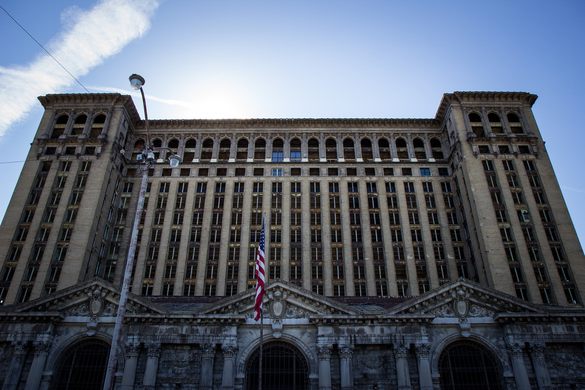






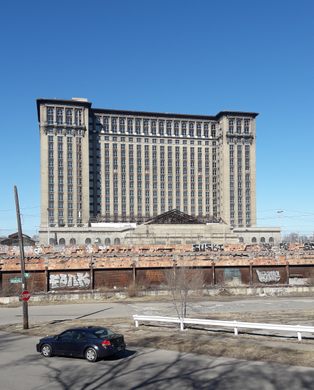
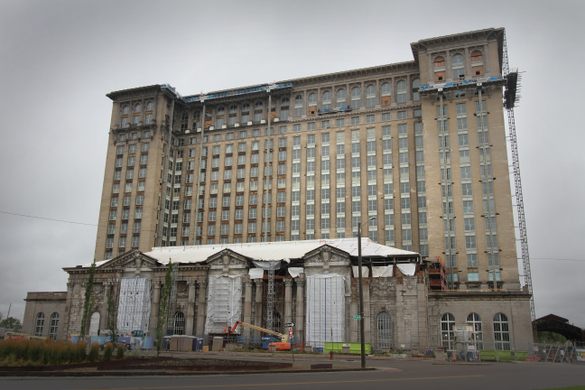

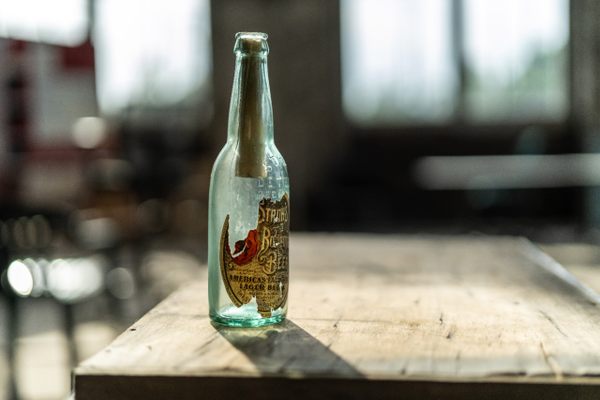




















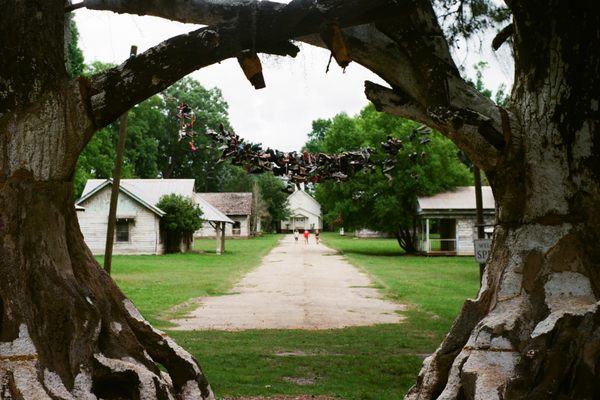

Follow us on Twitter to get the latest on the world's hidden wonders.
Like us on Facebook to get the latest on the world's hidden wonders.
Follow us on Twitter Like us on Facebook